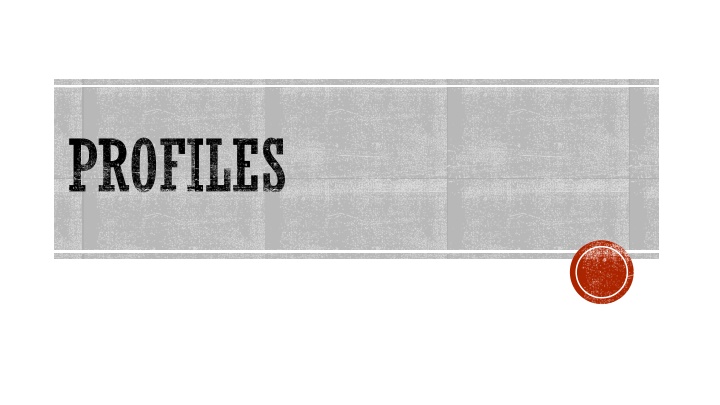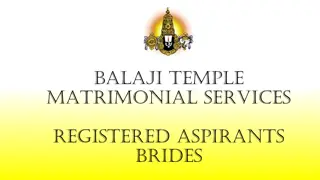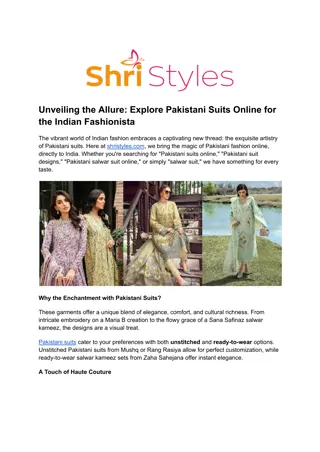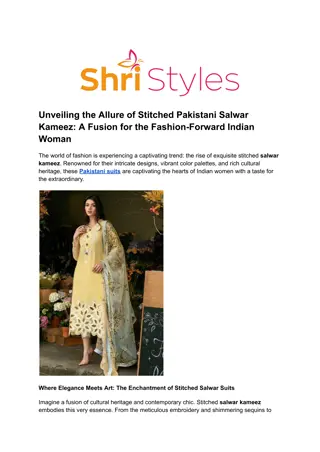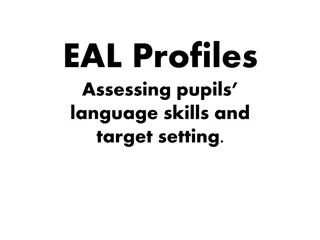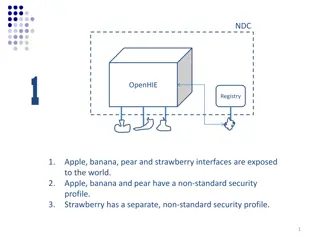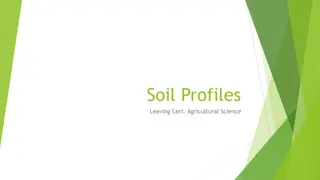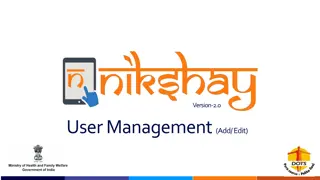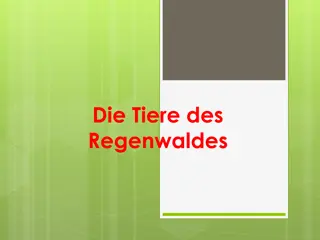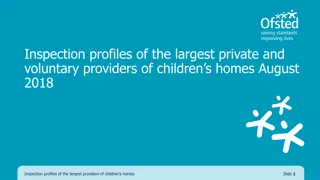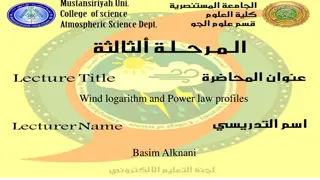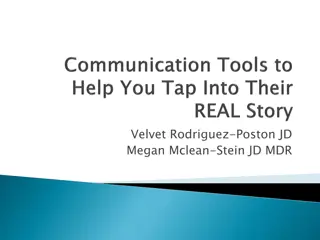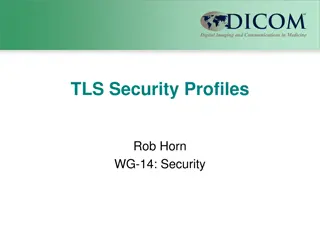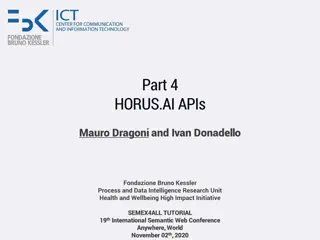Unveiling Everyday Life: Captivating Profiles and Perspectives
Delve into intriguing aspects of everyday life through detailed profiles, offering a behind-the-scenes look at unusual activities. Discover new perspectives, bridging cultural gaps and surprising readers with fresh insights. The writer's role as a spectator or participant observer brings depth to the narratives, emphasizing clear organization and unique perspectives on subjects.
Download Presentation

Please find below an Image/Link to download the presentation.
The content on the website is provided AS IS for your information and personal use only. It may not be sold, licensed, or shared on other websites without obtaining consent from the author.If you encounter any issues during the download, it is possible that the publisher has removed the file from their server.
You are allowed to download the files provided on this website for personal or commercial use, subject to the condition that they are used lawfully. All files are the property of their respective owners.
The content on the website is provided AS IS for your information and personal use only. It may not be sold, licensed, or shared on other websites without obtaining consent from the author.
E N D
Presentation Transcript
PURPOSE AND AUDIENCE What is your main purpose? To inform readers about some aspect of everyday life (places and activities around us that we rarely get to know intimately) To give readers a behind-the-scenes look at an intriguing or unusual activity To surprise readers by presenting unusual subjects or familiar ones in new ways To offer a new way to look at and think about the cultural significance of the subject To bridge the distance between outsiders perceptions and the lived experience of people as they try to communicate, construct their identities, and define their value What are you assuming about the audience? That audience members know nothing or very little about the subject That they will be interested and possibly amused by a particular aspect of the subject That they will be intrigued by the perspective the writer takes or fascinated by certain quotes or descriptive details
BASIC FEATURES Detailed information A clear, logical organization Writer s role Perspective on the subject
DETAILED INFORMATION ABOUT THE SUBJECT Describing strategies include: Naming Detailing Comparing Most information in a profile comes from observation and is therefore described, but information may also come from Interviews Background research To give information from sources you can Quote Paraphrase Summarize You should always research your subject thoroughly
A CLEAR LOGICAL ORGANIZATION Ways to organize 1. Narratively Guided tour of a place or story An array of topics 2. 3.
THE WRITERS ROLE A spectator or detached observer--the writer s position is like that of the reader an outsider looking in on the people and their activities A participant observer the writers participates in the activity being profiled and acquires insider knowledge Sometimes writers use both roles
PERSPECTIVE ON THE SUBJECT This is the main idea or cultural significance that the writer wants readers to take away from reading the profile. Profiles create a dominant impression through their description and narration. But they also analyze and interpret the subject, conveying their perspective explicitly through commentary as well as implicitly through tone.
